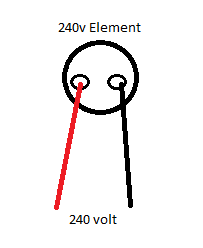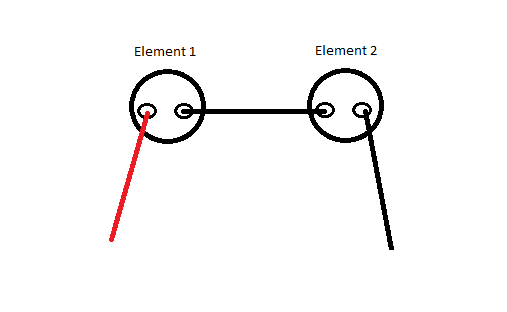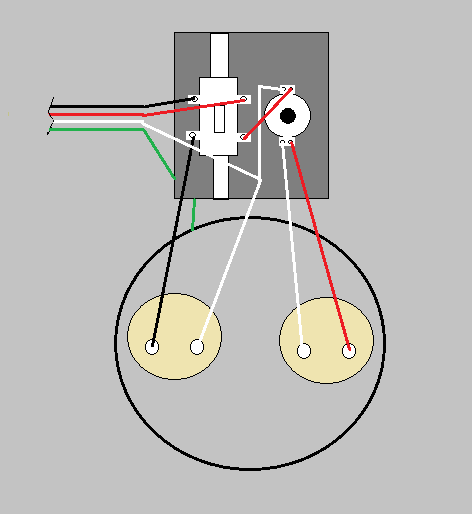Michael_Calgary
Well-Known Member
- Joined
- Feb 26, 2018
- Messages
- 156
- Reaction score
- 49
Hi there,
Currently I have a two element kettle. Each element is 120v and completely separate from each other. Since I boil in my basement and the location I boil at is very close to the 240v dryer outlet, I want to eliminate having two 120v power cables going to separate circuits in my basement.
So I have seen wiring diagrams for 240v electric elements. Basically, you just put one hot wire on each element connection. (in Canada, that would be the red and the black wires)

I have two questions.
Question 1:
Can I just run the red to one side of element 1, run a "jumper" cable between element 1 and 2 and then run the black wire to the last connection on element 2? (see pic below)

Question 2:
On the wiring diagrams I've seen, It was stated to NOT connect the neutral wire to anything!! I am assuming it is not needed and would be dangerous to have connected in some fashion?
Thank you.
Currently I have a two element kettle. Each element is 120v and completely separate from each other. Since I boil in my basement and the location I boil at is very close to the 240v dryer outlet, I want to eliminate having two 120v power cables going to separate circuits in my basement.
So I have seen wiring diagrams for 240v electric elements. Basically, you just put one hot wire on each element connection. (in Canada, that would be the red and the black wires)

I have two questions.
Question 1:
Can I just run the red to one side of element 1, run a "jumper" cable between element 1 and 2 and then run the black wire to the last connection on element 2? (see pic below)

Question 2:
On the wiring diagrams I've seen, It was stated to NOT connect the neutral wire to anything!! I am assuming it is not needed and would be dangerous to have connected in some fashion?
Thank you.













































![Craft A Brew - Safale S-04 Dry Yeast - Fermentis - English Ale Dry Yeast - For English and American Ales and Hard Apple Ciders - Ingredients for Home Brewing - Beer Making Supplies - [1 Pack]](https://m.media-amazon.com/images/I/41fVGNh6JfL._SL500_.jpg)

















